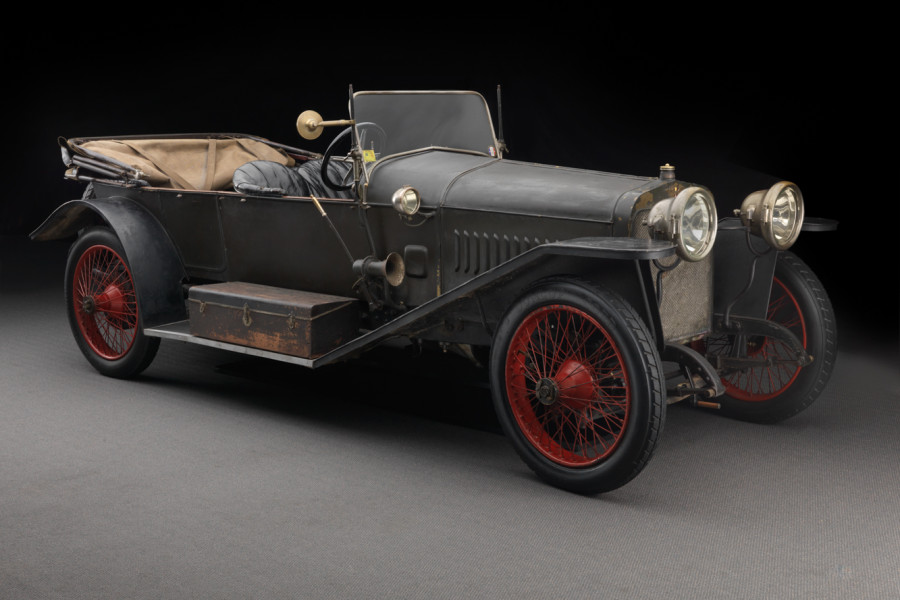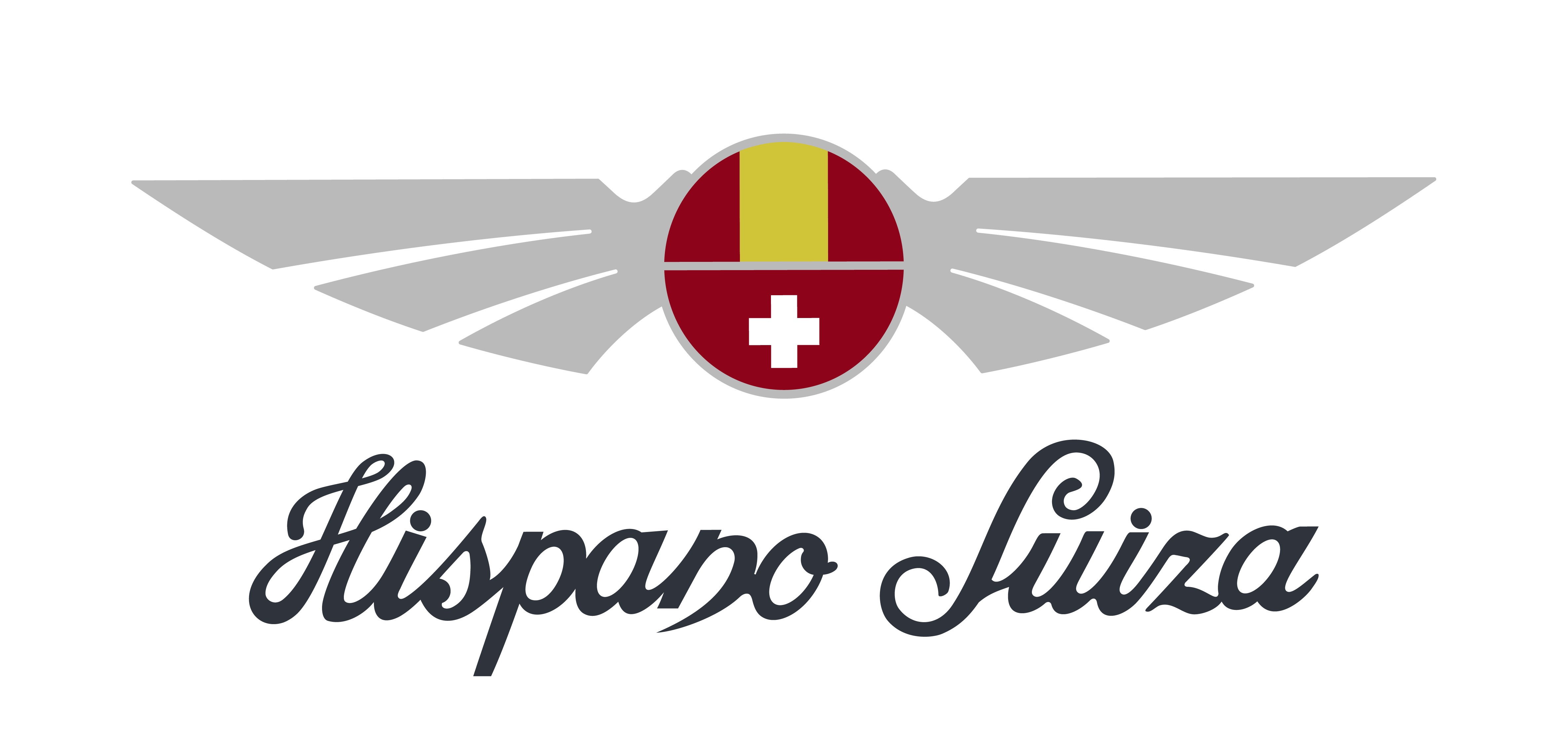1912 Hispano-Suiza Alfonso XIII LWB Torpedo Sport

The descriptions of the Classic Cars in the Directory were partly generated or supplemented with the help of artificial intelligence (AI). The content may occasionally not always be entirely accurate or factually correct despite careful checking.
The Hispano-Suiza Alfonso XIII LWB Torpedo Sport 1912 is a remarkable car that boasts cutting-edge technology for its time. It features a long wheelbase of 3440mm, which enhances its stability, while its torpedo-like body style adds to its aerodynamics.
This car is powered by a 3.6-liter four-cylinder engine that generates 36 horsepower at 1,600 revolutions per minute (RPM). This engine is mated to a four-speed manual transmission that delivers power to the rear wheels. The car's power-to-weight ratio is impressive, allowing it to reach a top speed of 80 miles per hour.
One of the most impressive features of this car is its suspension system. It has a front and rear semi-elliptical leaf spring suspension, which provides a comfortable ride even over bumpy roads. The car's brakes are also quite advanced for its time, with mechanical drums on all four wheels.
The car's body is made from high-quality materials, including steel and aluminum. The chassis is constructed from lightweight aluminum, which contributes to the car's overall weight of 1,100 kilograms. The car's seats are made from leather and are designed to provide maximum comfort.
The car's dashboard is home to a variety of gauges and controls. There's a speedometer, a fuel gauge, an oil pressure gauge, and a water temperature gauge. The car is also equipped with an electric starter and electric headlights, which were relatively uncommon features in 1912.
Overall, the Hispano-Suiza Alfonso XIII LWB Torpedo Sport 1912 is a remarkable car that represents the cutting-edge of automotive technology in its era. It's an engineering marvel that combines impressive performance, comfort, and style, making it a true collector's item for any serious car enthusiast.
Milestones
- 1910: Hispano-Suiza founded by Damián Mateu in Barcelona, Spain - 1911: Hispano-Suiza introduces the Alfonso XIII model, named after the King of Spain - 1912: Launch of the Alfonso XIII LWB (Long Wheelbase) Torpedo Sport - 1913: Hispano-Suiza wins the inaugural Indianapolis 500 race with a Type 20 race car - 1914: Hispano-Suiza opens a factory in France to cater to the European market - 1915: Hispano-Suiza becomes a major supplier of aircraft engines during World War I - 1920: Hispano-Suiza introduces the H6 model, which becomes one of the most luxurious and advanced cars of its time - 1923: Hispano-Suiza is acquired by a Spanish banking consortium - 1928: Hispano-Suiza partners with Rolls-Royce to build aircraft engines - 1936: Hispano-Suiza ceases production of automobiles due to the outbreak of the Spanish Civil War - 1968: Hispano-Suiza merges with French engineering firm Snecma to form Snecma-Hispano-Suiza - 1999: Hispano-Suiza name is revived as a luxury car brand, with a focus on electric powertrains.Technical
- Manufacturer: Hispano-Suiza - Model: Alfonso XIII LWB Torpedo Sport - Year: 1912 - Body style: Torpedo Sport - Wheelbase: Long - Engine type: Inline 4, water-cooled - Displacement: 4,483 cc (273.9 cu in) - Maximum power: 60 hp at 2,600 rpm - Transmission: 4-speed manual - Suspension: Front and rear semi-elliptic leaf springs - Brakes: Rear-wheel drum brakes - Top speed: 85 mph (137 km/h) - Weight: 1,500 kg (3,307 lb) - Number of seats: Four (two in front, two in the rear) - Number of doors: Two (with suicide doors)